Mozambique: 'Clear indications' terrorists have left Niassa - ANAC | Watch
Mozambique: Major biodiversity study undertaken in Chimanimani – AIM report
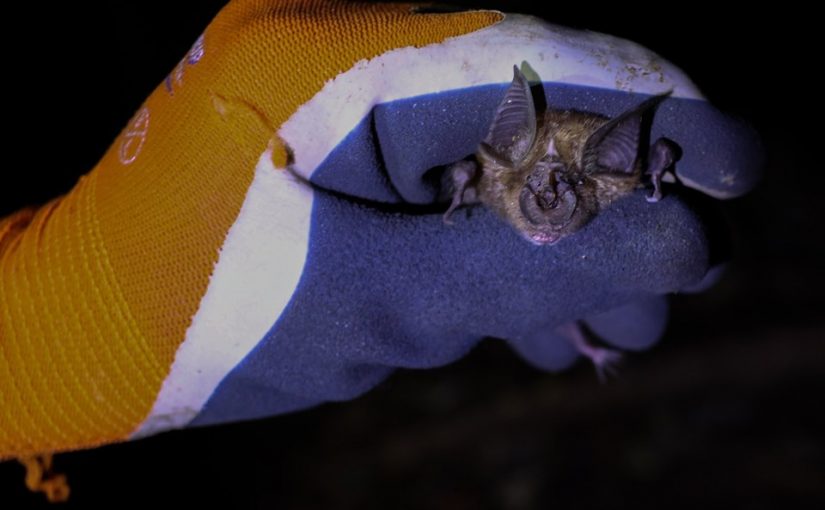
All photos: ANAC
A biodiversity study in the Chimanimani National Reserve, in the central Mozambican province of Manica, near the border with Zimbabwe, has discovered over 1,000 animal and plant species, several of which may be new to science.
The survey was undertaken by the main wildlife conservation bodies in Mozambique, headed by the National Administration of Conservation Areas (ANAC). The two week survey covered only a section of the Chimanimani Reserve, which has not previously been well studied.
A press release from ANAC and the other survey organisers said that the findings “underscore the importance of protecting this rich, biodiverse landscape from threats, including mining and logging”.
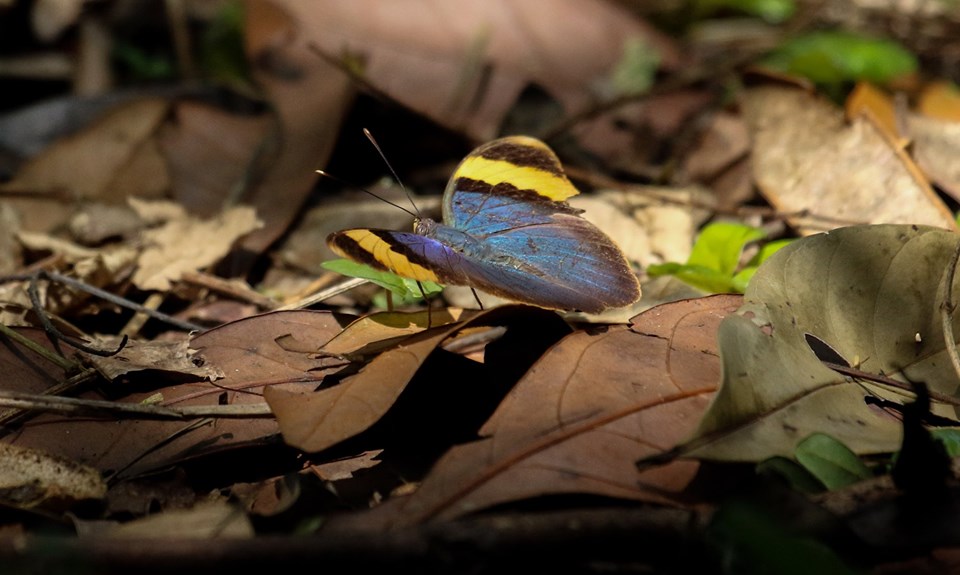
The survey team found 42 species of mammals, 231 species of birds, 22 species of amphibians, 45 species of reptiles, over 450 insect and 176 plant species. “One bat species is believed to be new to Mozambique and one frog, one lizard and a bush cricket are believed to be new to science”, announced the release.
“Within Chimanimani”, it notes, “the unique combination of different altitudes, soils, rain and fire has resulted in a high level of endemism, especially in flora”.
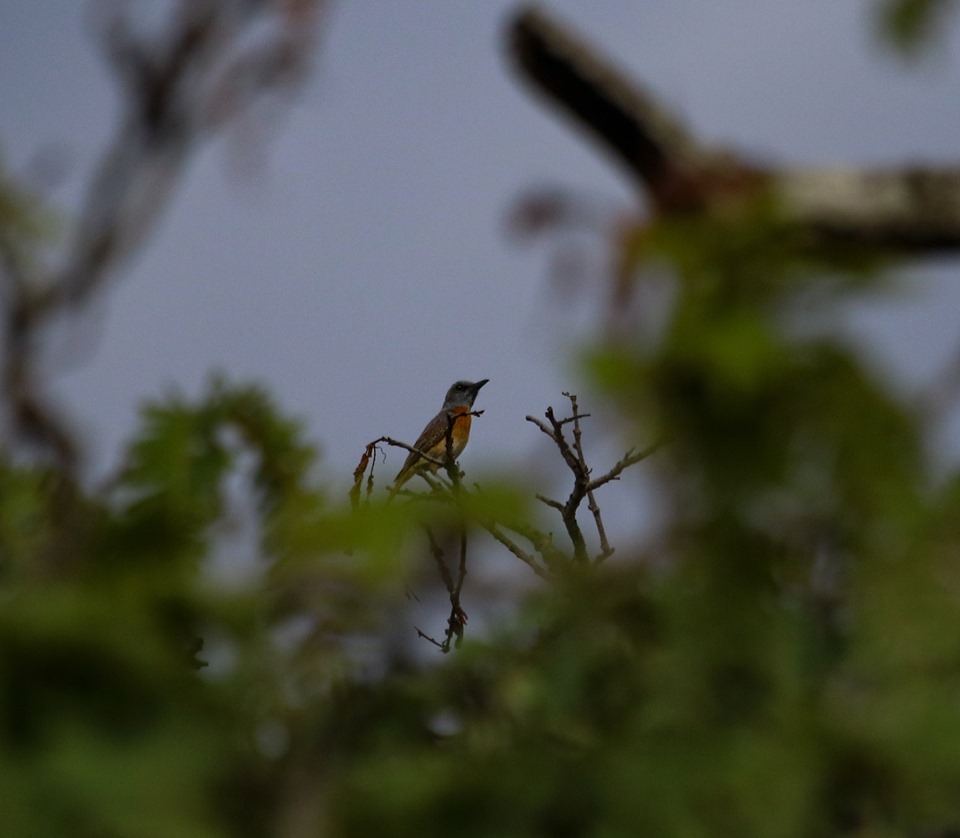
“This conservation area as a whole”, it continues, “has a critical role to play in the functioning of ecosystems over a wide area, but faces land use conversion pressures in its buffer zone. As a result, stewardship efforts are focused on preventing encroachment and safeguarding the integrity of the site”.
The release cites Leonel Massicane, Warden of the Chimanimani National Reserve, warning “it is critical that threats to the landscape, including illegal mining, as well as poaching, logging and damaging agricultural practices are tackled so we can protect this unique landscape for generations to come”.
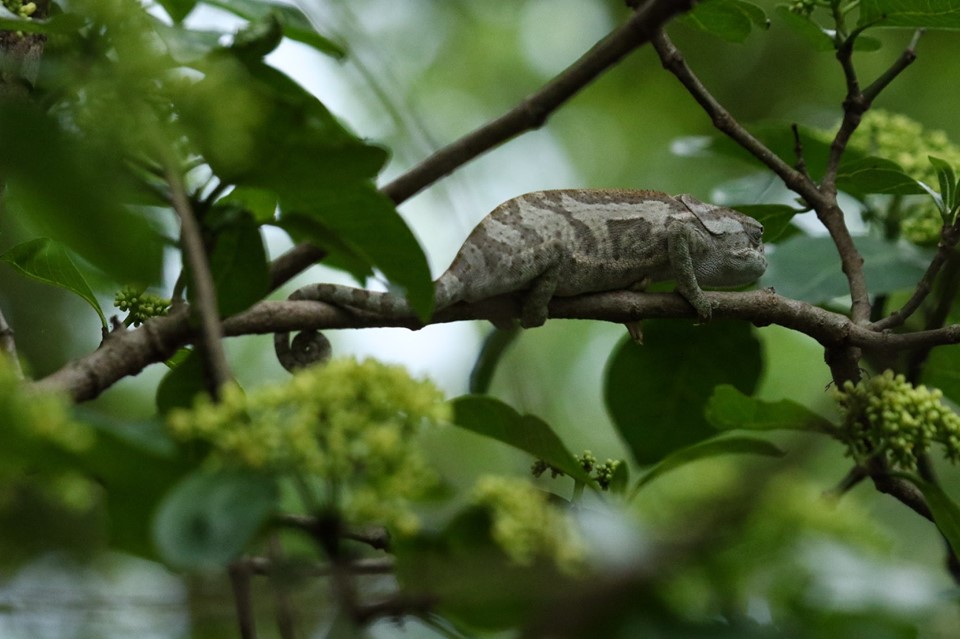
The Reserve also plays an important role in local culture, the release adds, since its mountains have been inhabited for hundreds of years, and contain important historical sites, including Stone Age rock paintings, and ruins from the Great Zimbabwe era, dating back to the 14th and 15th centuries.
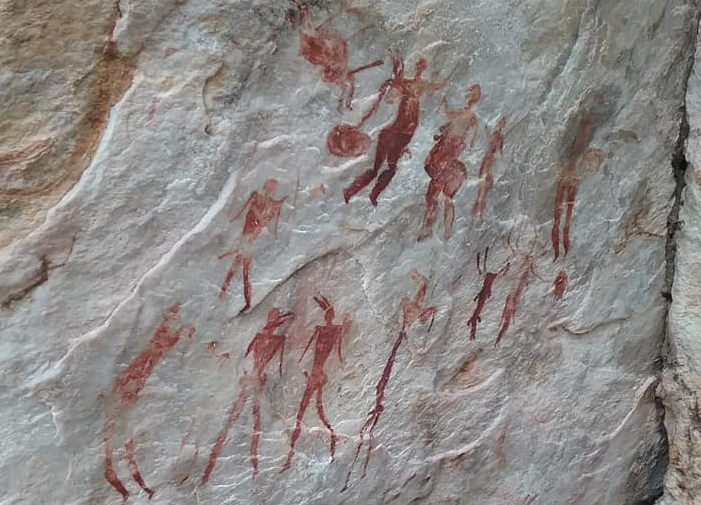












Leave a Reply
Be the First to Comment!
You must be logged in to post a comment.
You must be logged in to post a comment.